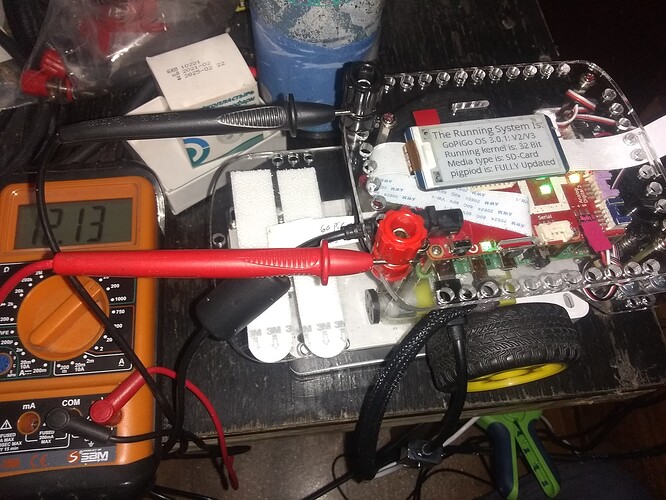Sounds like either the dining hall should have been condemned or you were having a good time.  At least it wasn’t a
At least it wasn’t a  .
.
If I remember correctly, (shrug):
- “mean” = “average” = sum_of_all_samples / number_of_samples
- “median” means the same thing in statistics as it does in driving: It’s what’s in the middle.
- In the set “12345” the median is “3” because that’s smack-dab in the middle.
- In the set “123456” the median is “3.5” because that’s in the exact center of the sample set.
- “mode” represents the value, or group of values, that shows up the most often.
- If you have a reasonably large sample of numbers, and there is a bell-curve distribution around “15”, (15 occurs the most often, other numbers around it less often tapering as you move away), and there is a few samples in the 500 range, both the median and the mean will be skewed way north of “15”, but the mode will be “15” because that’s the value that occurs the most often.
- In the census of a reasonably large population, (say in Detroit), you might get a lot of racial types distributed around “African American”, another whole bunch around “Caucasian”, with a smattering of other racial types filling in the cracks. This would be considered “multi-modal” - as there are two distinct types that occur far more often than the other types. This is the kind of demographic data that advertisers live for. (
 )
)
- Ideally, if the sample is reasonably large, and things are distributed well, then mean, median, and mode will be centered around the same small set of numbers in your sample. This tells you that your sample is both homogeneous and well distributed, resulting in a high level of confidence in the outcome.
- “sample size” represents one of the factors used to determine if the level of confidence is worth spitting on or not.
- In a group of two million individuals, a sample size of “fifteen” doesn’t lend itself to credibility.
- Determining what size the sample must be to be believable is a whole 'nother can of worms.
When dealing with statistics, just remember the words of the famous mathematician and philosopher, Renee Descartes:
Wikipedia has an interesting article on its origins, attributing it to numerous people, including Mark Twain and Benjamin Disraeli.



 )
)